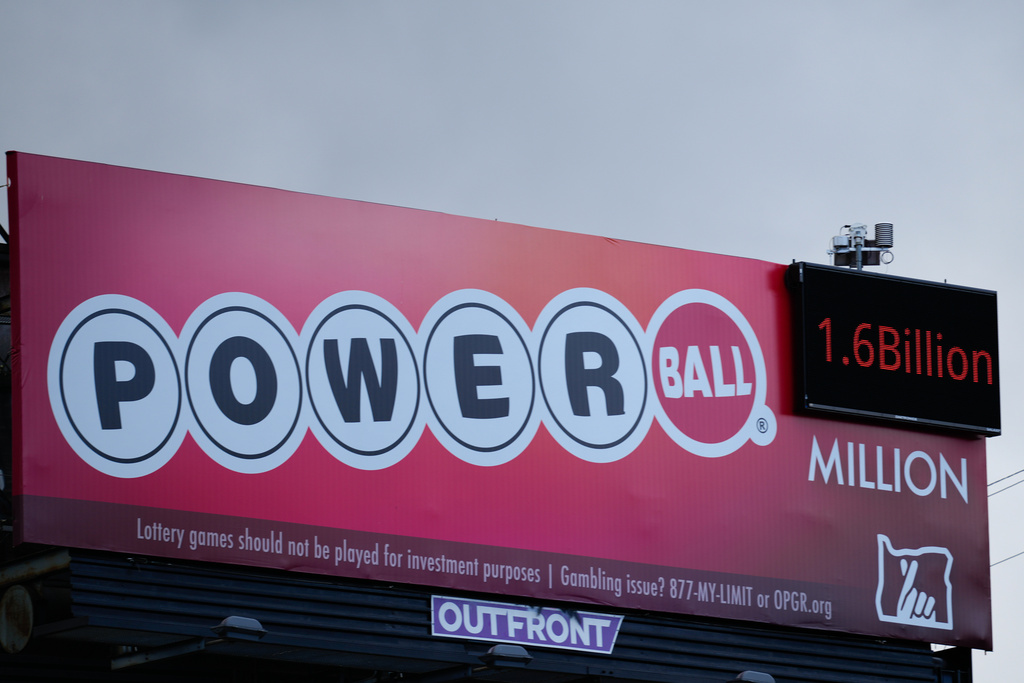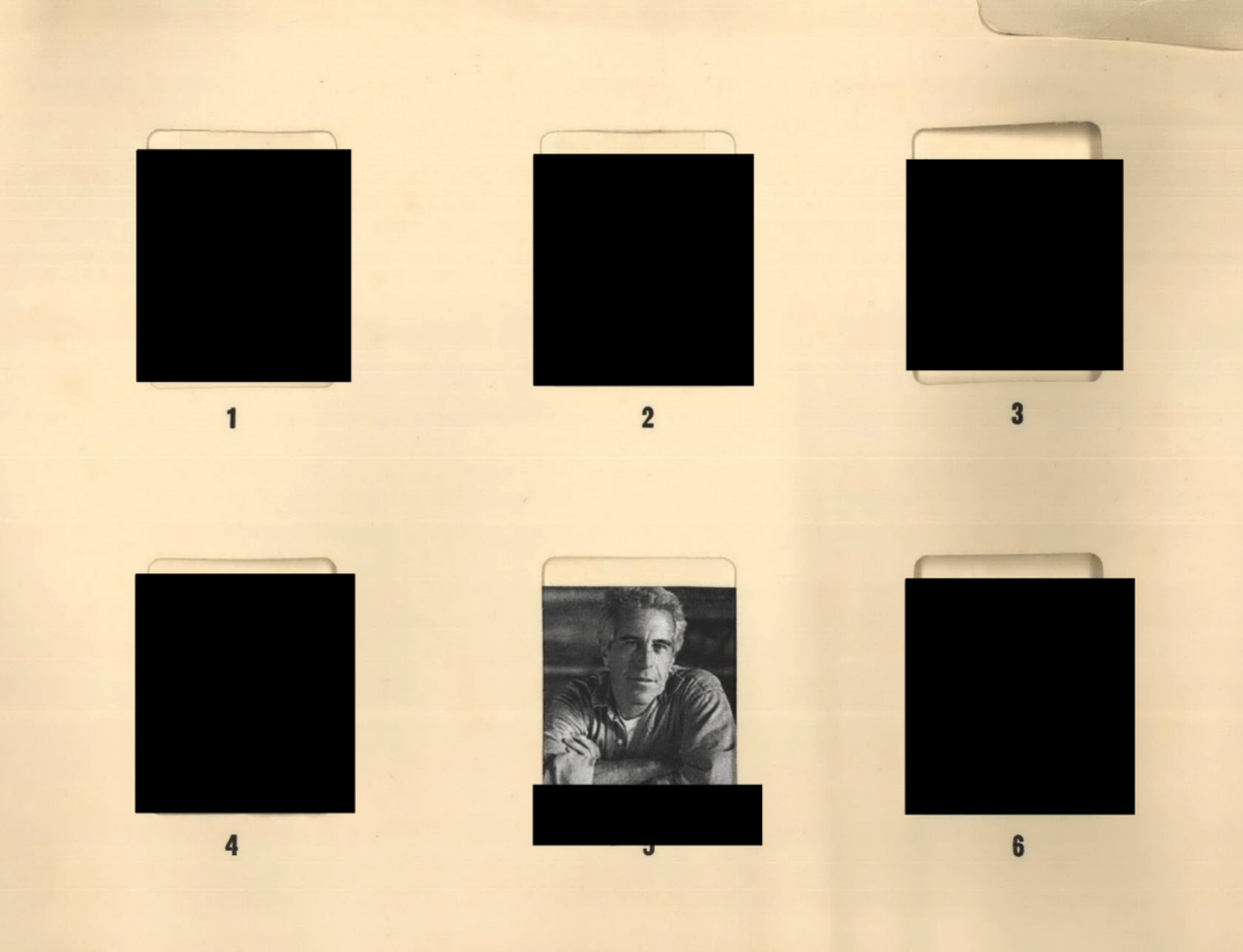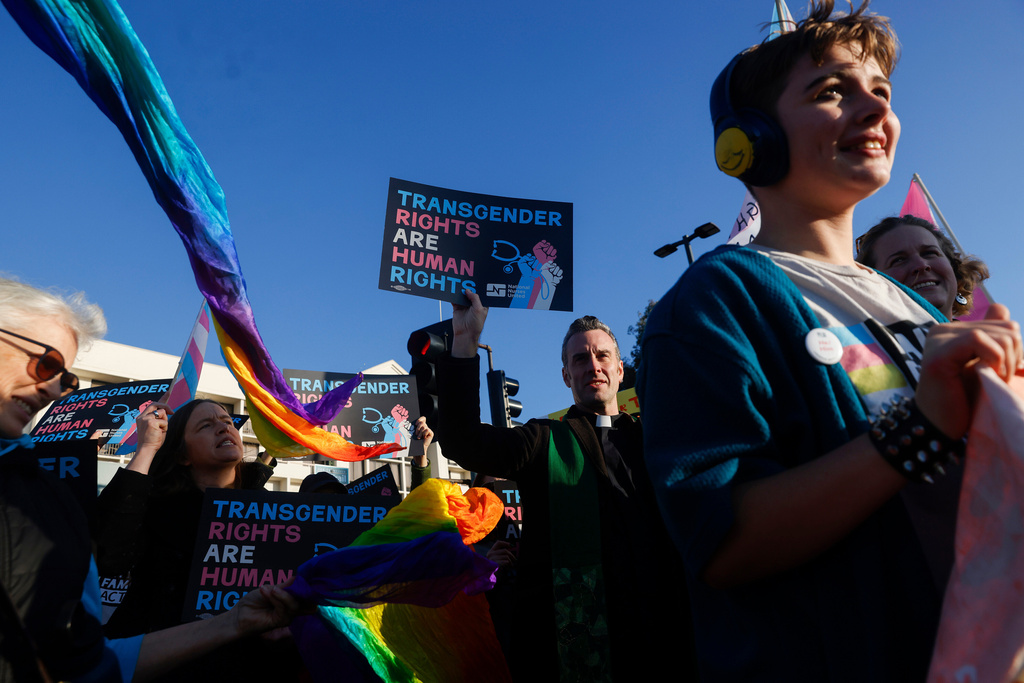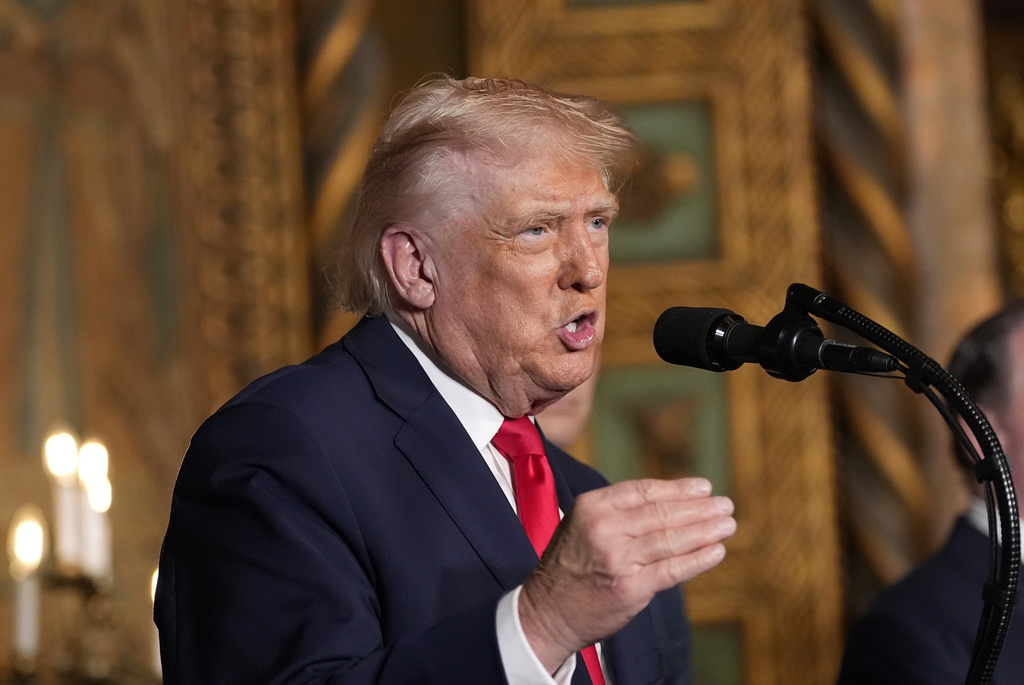The Federal Reserve launched a high-risk effort Wednesday to tame the worst inflation since the 1970s, raising its benchmark short-term interest rate and signaling up to seven rate hikes this year.
The Fed's quarter-point hike in its key rate, which it had pinned near zero since the pandemic recession struck two years ago, marks the start of its effort to curb the high inflation that has followed the recovery from the recession. The rate hikes will eventually mean higher loan rates for many consumers and businesses.
The central bank's policymakers expect inflation to remain elevated, ending 2022 at 4.3%, according to updated quarterly projections they released Wednesday. That's far above the Fed's 2% annual target. The officials also now forecast much slower economic growth this year, of 2.8%, down from its 4% estimate in December.
In a statement it issued after its latest policy meeting, the Fed noted that Russia's invasion of Ukraine and ensuing sanctions by the West “are likely to create additional upward pressure on inflation and weigh on economic activity.”
Chair Jerome Powell is steering the Fed into a sharp U-turn. Officials had kept rates ultra-low to support growth and hiring during the recession and its aftermath. As recently as December, Fed officials had expected to raise rates just three times this year. Now, its projected seven hikes would raise its short-term rate to between 1.75% and 2% at the end of 2022. It could increase rates by a half-point at future meetings.
On Wednesday, the officials also forecast four additional hikes in 2023, which would boost its benchmark rate to 2.8%. That would be the highest level since March 2008. Borrowing costs for mortgage loans, credit cards and auto loans will likely rise as a result.
The Fed also said it would begin to reduce its nearly $9 trillion balance sheet, which has more than doubled in size during the pandemic, “at a coming meeting.” That step will also have the effect of tightening credit for many consumers and businesses.
Powell is hoping that the rate hikes will achieve a difficult and narrow objective: Raising borrowing costs enough to slow growth and tame high inflation, yet not so much as to topple the economy into recession.
Additional reporting by The Associated Press.



 How Rising Interest Rates Affect Your Money
How Rising Interest Rates Affect Your Money Inflation Hits 40-Year High Despite Wage Increases, Job Market Growth
Inflation Hits 40-Year High Despite Wage Increases, Job Market Growth






